
“A small business is only as strong as its financial records.”
Bookkeeping forms the backbone of any business, especially for small enterprises aiming to grow sustainably. However, without regular maintenance, bookkeeping records can quickly fall into disarray, leading to missed financial opportunities and compliance issues. According to a 2023 Xero report, 53% of small businesses admit to struggling with financial management, and a messy bookkeeping system is often at the core of these challenges.
This blog outlines ten essential steps to conduct a bookkeeping cleanup efficiently, ensuring your financial records are accurate, up-to-date, and compliant. Whether you’re managing in-house records or seeking professional bookkeeping services, these actionable tips will guide you toward financial clarity.
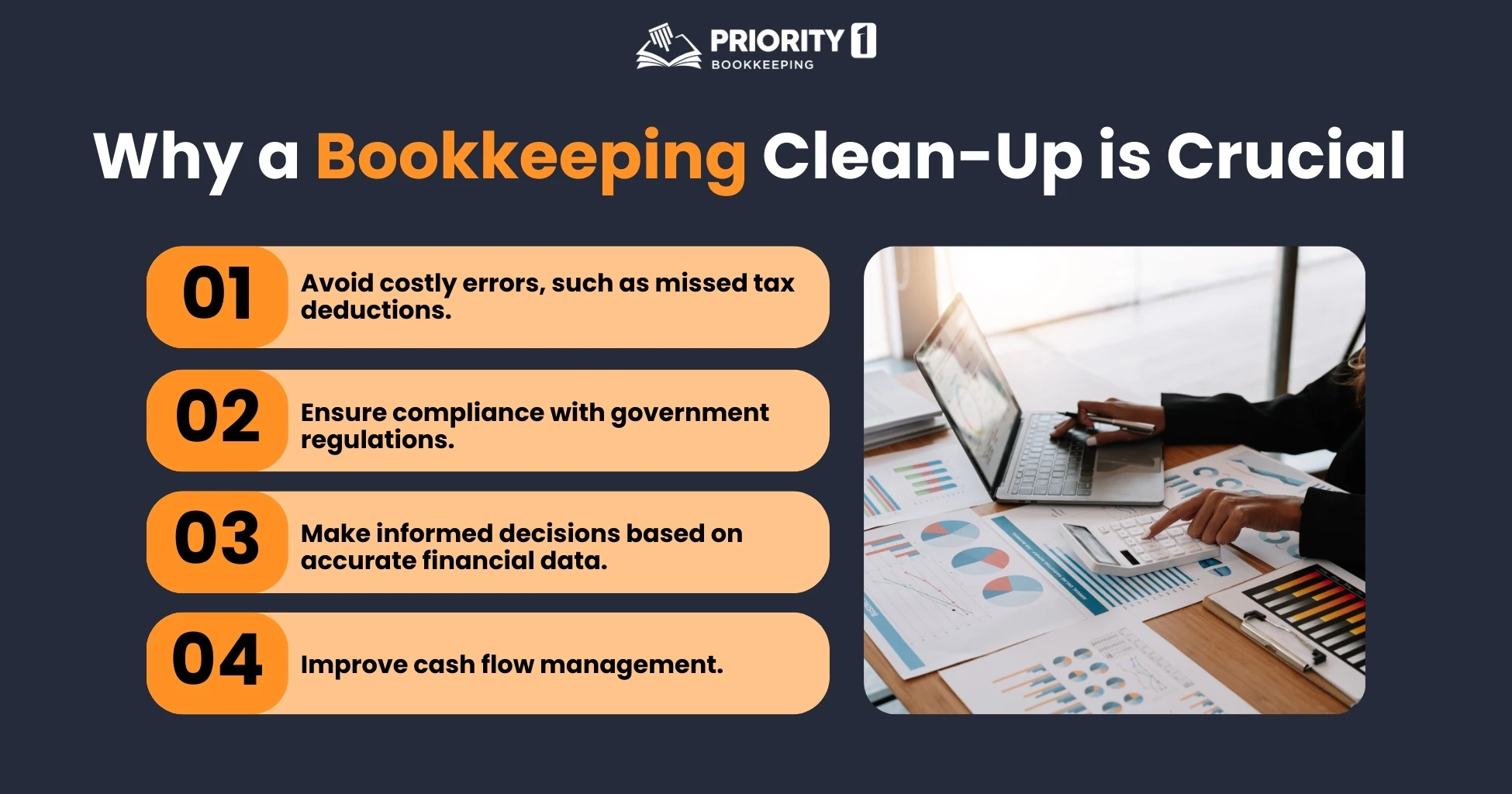
Clean and organised financial records allow businesses to:
1. Avoid costly errors, such as missed tax deductions.
2. Ensure compliance with government regulations.
3. Make informed decisions based on accurate financial data.
4. Improve cash flow management.
By following the steps outlined below, you’ll have a clear bookkeeping checklist to help streamline this process effectively.

Before diving into the cleanup, gather every financial document you need. This includes bank statements, invoices, receipts, payroll records, and expense reports.
Incomplete records lead to inaccurate financial reporting. Ensuring you have all the documents in one place saves time and minimises errors during the clean-up process.
Use accounting software like Xero or QuickBooks to digitise and centralise your records for easier access.

Go through all your transactions and categorise them correctly based on your chart of accounts. Misclassified expenses can lead to inaccurate financial statements.
Use automated tools like Hubdoc to streamline categorisation, reducing manual errors.
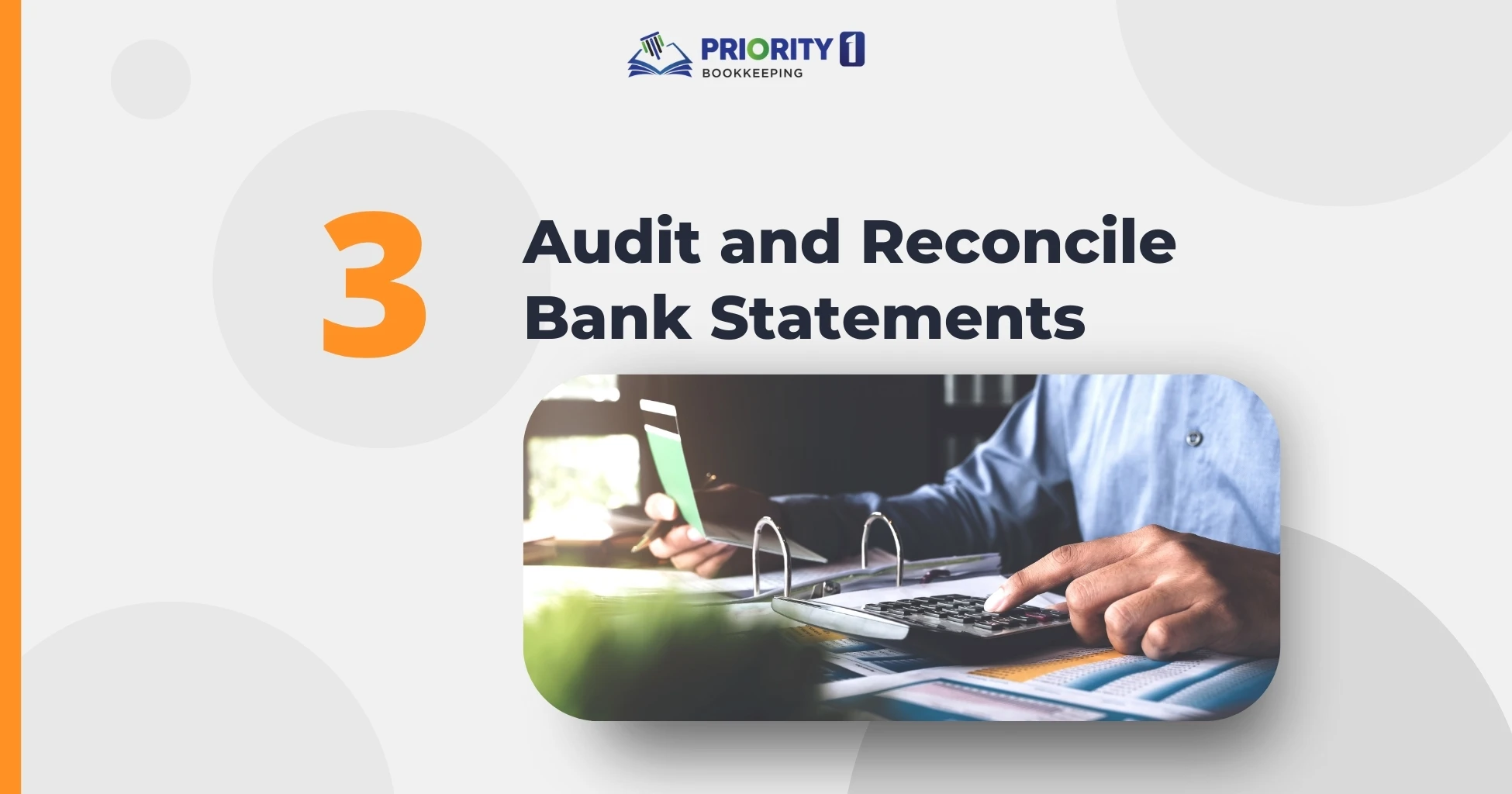
Bank reconciliation is the process of comparing your financial records to your bank statements to ensure they match. Any discrepancies should be identified and corrected.
A study by Sage found that 50% of small business owners spend over 2 hours per week reconciling accounts, emphasising the need for efficiency in this area.
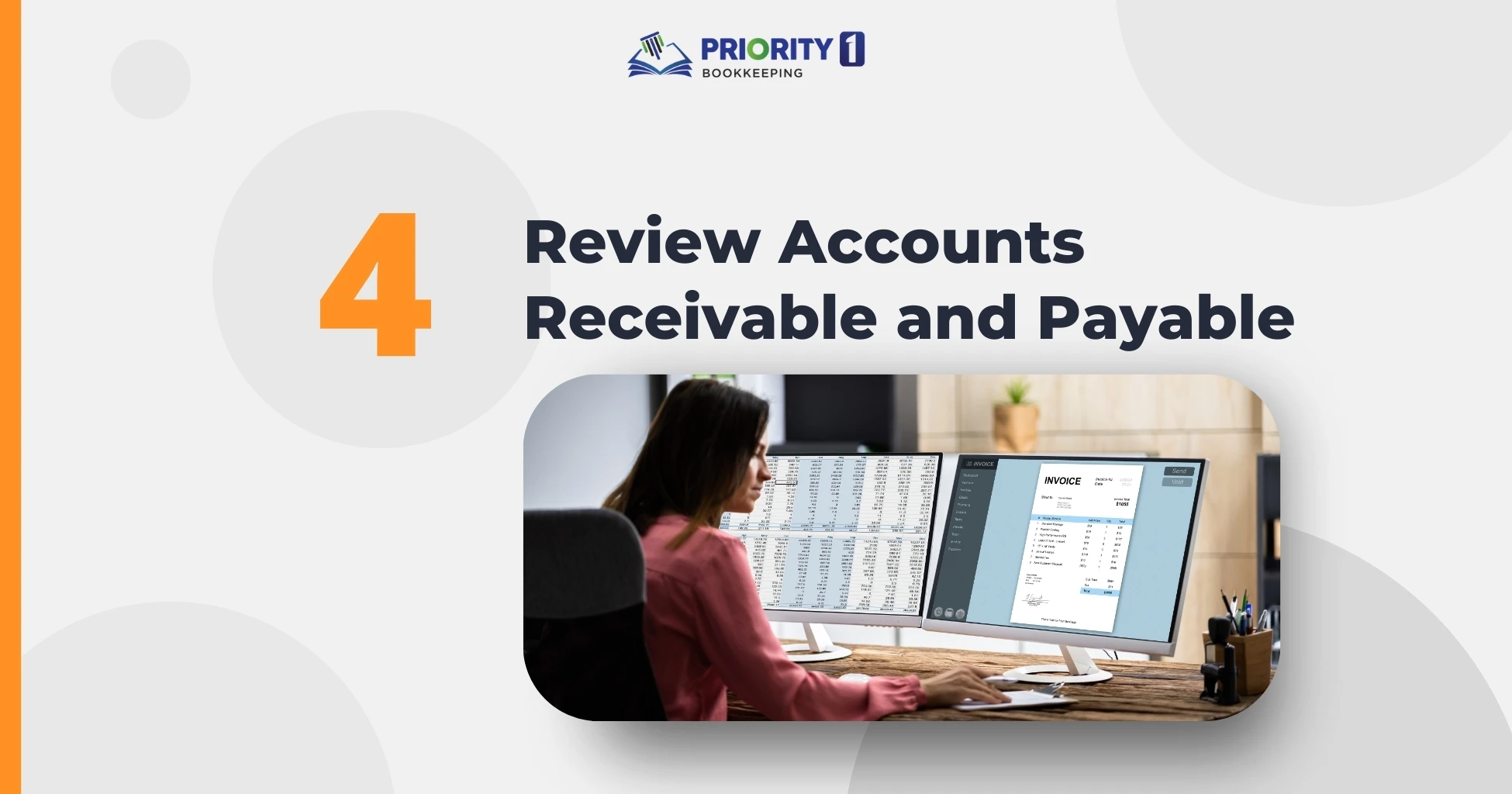
An essential part of bookkeeping cleanup is ensuring your accounts payable (bills owed) and accounts receivable (money owed to you) are accurate.
Keeping these records updated improves cash flow and helps maintain strong relationships with clients and vendors.
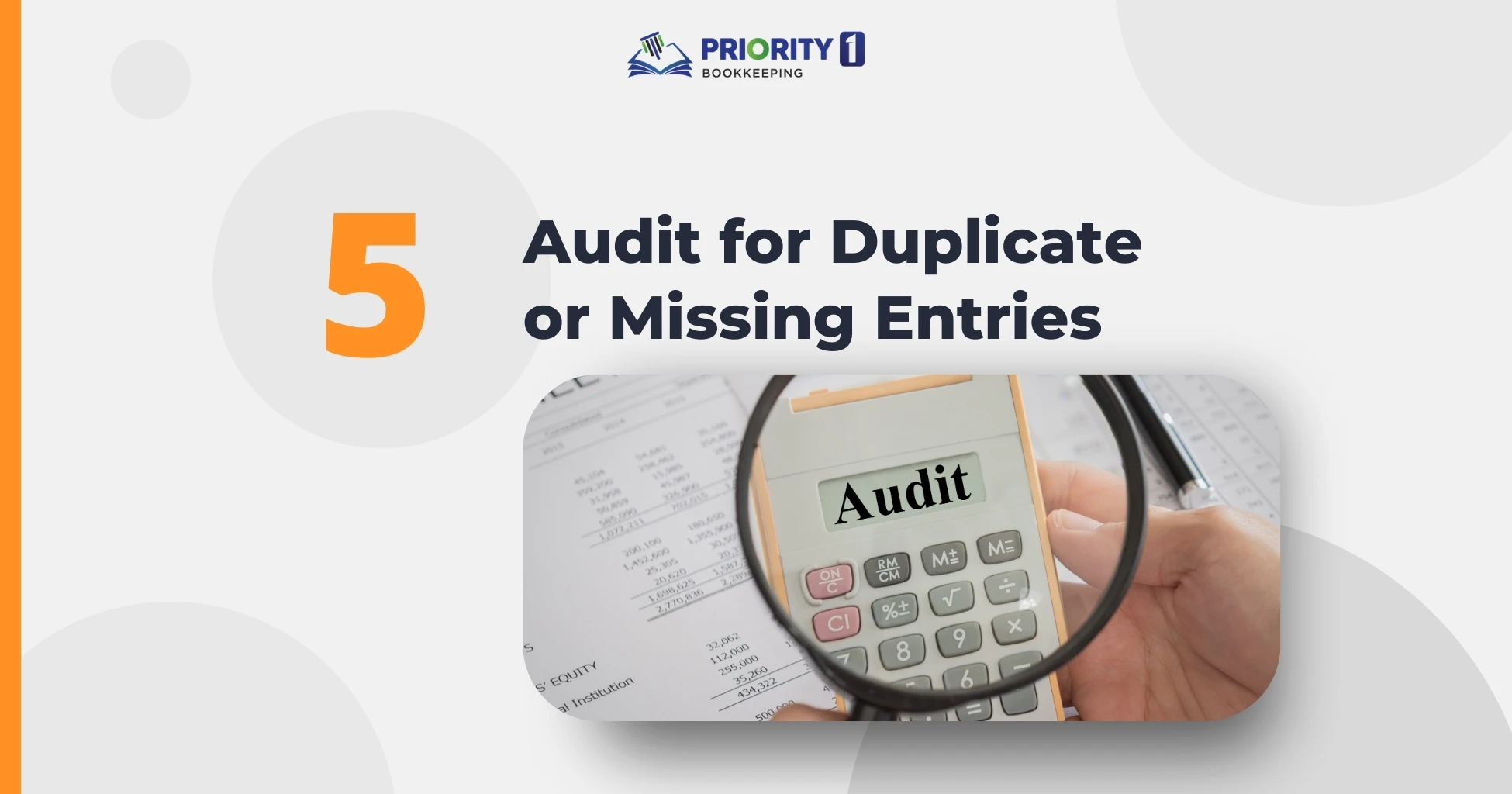
During cleanup, look for duplicate transactions or missing entries in your records. These discrepancies can distort your financial reports.
Set up regular audits—weekly or monthly—to prevent duplicates from piling up.

Ensure your tax records align with your financial statements. Identify any potential deductions or credits you may have missed.
Errors in tax reporting can lead to penalties and audits. According to the ATO, small businesses often miss claiming valid deductions, costing them thousands annually.
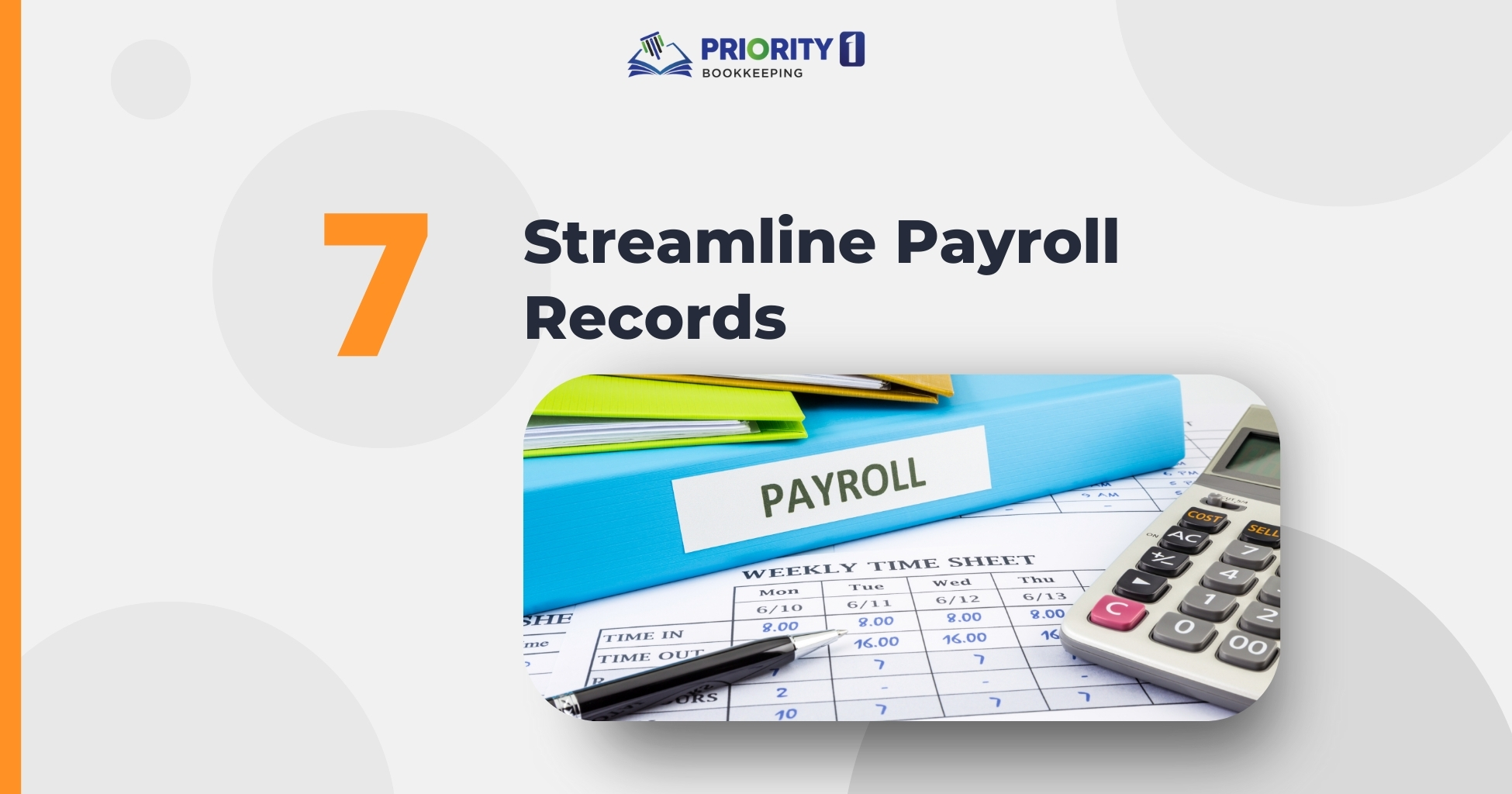
Payroll errors can lead to employee dissatisfaction and legal issues. Ensure all payroll transactions, deductions, and benefits are accurately recorded.

Inactive accounts clutter your books and make them harder to manage. Identify unused or redundant accounts and close them.

Modern bookkeeping tools can save time and reduce manual errors. Consider implementing accounting software with automation features for ongoing financial management.
Businesses using automated bookkeeping solutions report a 35% reduction in accounting errors (Forbes).

Sometimes, tackling a messy bookkeeping system requires professional expertise. Hiring a bookkeeping service can provide peace of mind and ensure everything is handled accurately.
A clean bookkeeping system offers multiple benefits:
Cleaning up your books is more than a one-time activity; it’s an investment in the future of your business. By following this bookkeeping checklist, you’ll gain control over your finances, ensure compliance, and set the stage for growth.
If the process feels overwhelming, don’t hesitate to reach out to Priority1 Bookkeeping. Our tailored solutions help small businesses across Australia maintain clean, accurate, and compliant financial records. Let us handle your books so you can focus on scaling your business!
Stay updated with expert bookkeeping tips and insights! Subscribe now to receive updates directly in your inbox for your business.
* We never spam your email
38B Douglas Street, Milton QLD, 4064 Australia
Monday - Friday 09:30 AM - 05:30 PM
© 2025 All Rights Reserved.